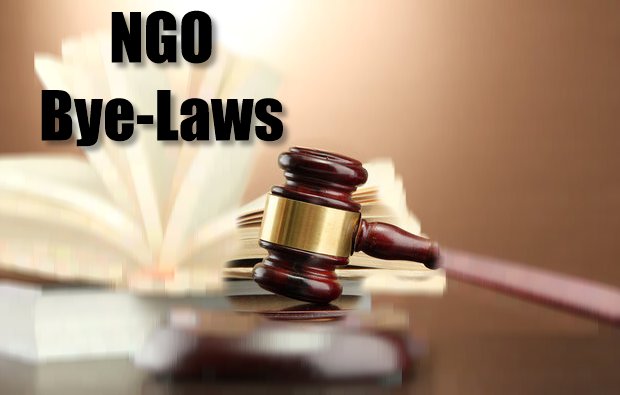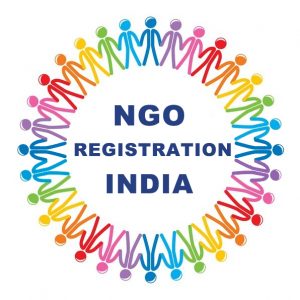Bye-laws are internal documents, a set of rules that enables each organization to conduct its affairs.
It is important they be written clearly and in language that is easily understood by all organization stakeholders. This document is frequently necessary for the registration of an NGO with national and public authorities. Typical items addressed in the bylaws are Name and purpose of the NGO.
The Purpose is usually a restatement of the Mission Statement but can contain additional details. The frequency, notice, and quorum requirements for organizational meetings.
These can be an internal or regular meeting of the NGO, or external meetings such as those for the general public, with other stakeholders etc. Voting qualifications, proxies, and procedures for approval of boards. This is related to the governance structure of the NGO’s or ngo consultancy board.
The number and term for members of the board, the scope of authority, the method of nomination and election to the board, and provision for filling vacancies. List of board officers, the method of nomination and election, terms of office, powers, duties, and succession. Membership and authority of committees or working groups.
Many of the work is done through sub-committees or groups, and provisions need to be made for such committees. Title and scope of authority for the executive director and other staff members who are responsible for the day to day functioning of the NGO. Record-keeping and financial reporting responsibilities. In many countries, this is necessary for the maintenance of the tax-exempt status of an NGO.
Amendment procedures for the bye-laws and provisions for dissolution of the organization. Writing and gaining approval for a set of bylaws takes thought, time, and the involvement of the organization’s constituents. Bylaws should be written with an emphasis on fair treatment and transparent governance.
Here is where many advocacy and support can shine. They often bring great skills and knowledge to the task of predicting the outcomes of projects within the area of their special interest. Once these effects or impacts are defined, the community can make better decisions and plan what to do. In making your special interest case, however, remember that there are many other considerations that must be a part of the overall planning and decision-making.
Try to cast your understanding of the specific situation so that it can be integrated into the rest of the community’s concerns. Most proponents are good-intentioned and have the welfare of the local people in mind as the projects are implemented and managed over time.
But nobody is perfect, and patterns of problems (small or large) can sometimes be discovered that will assist in shaping the negotiations.



